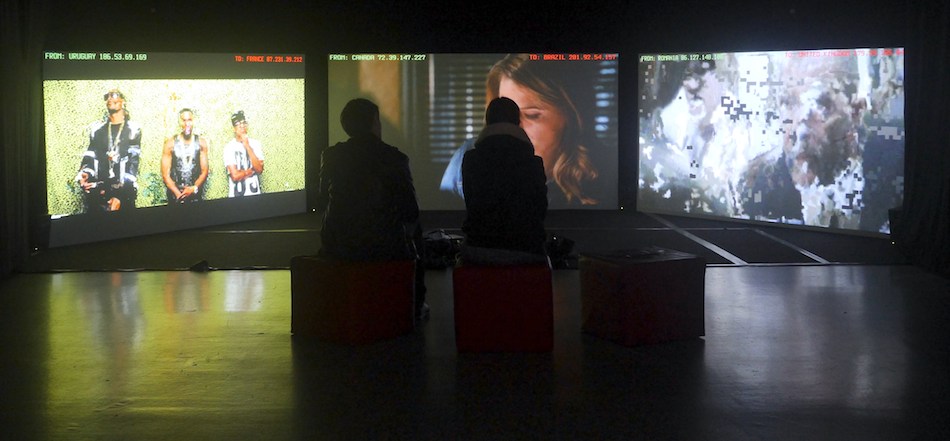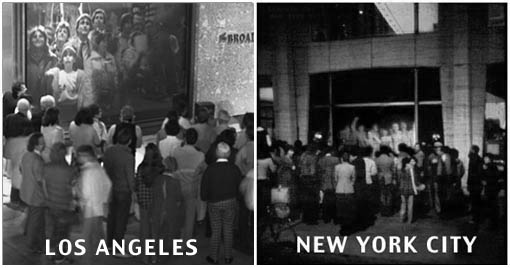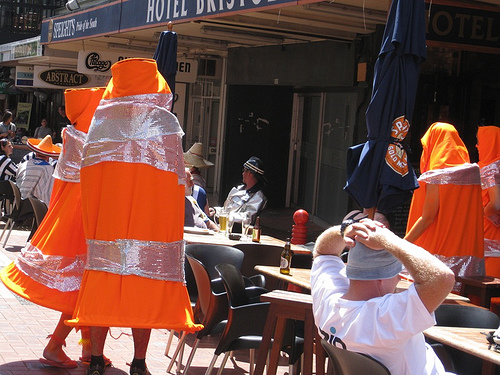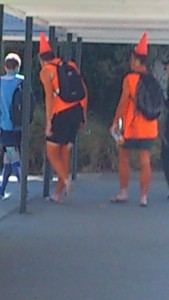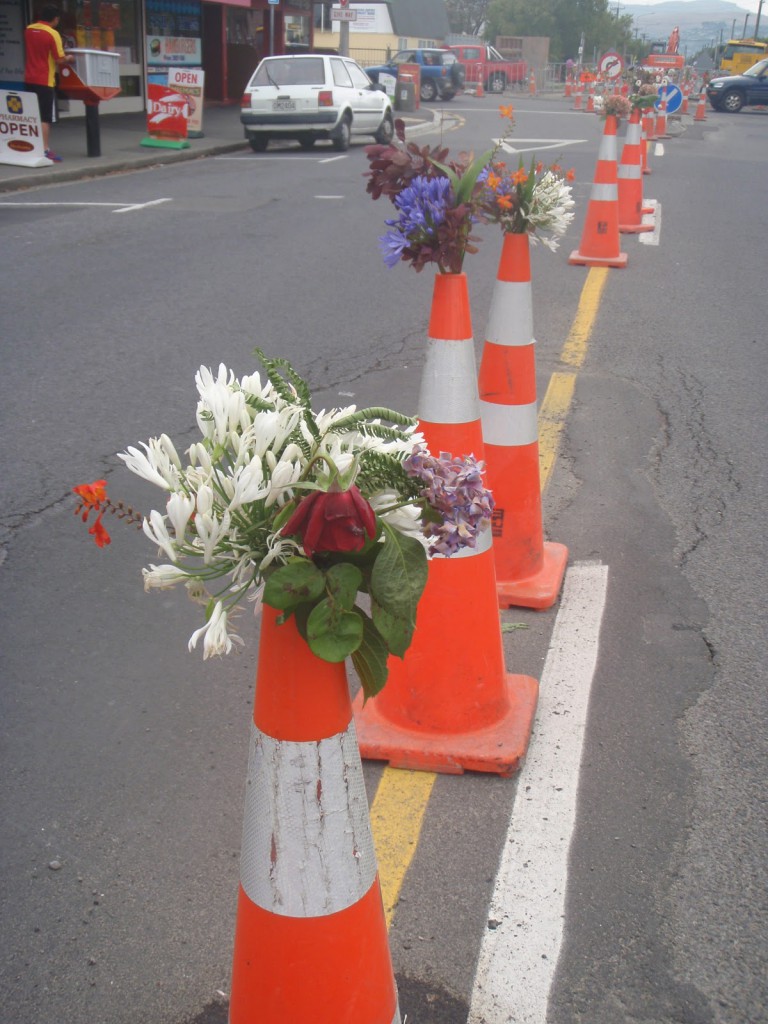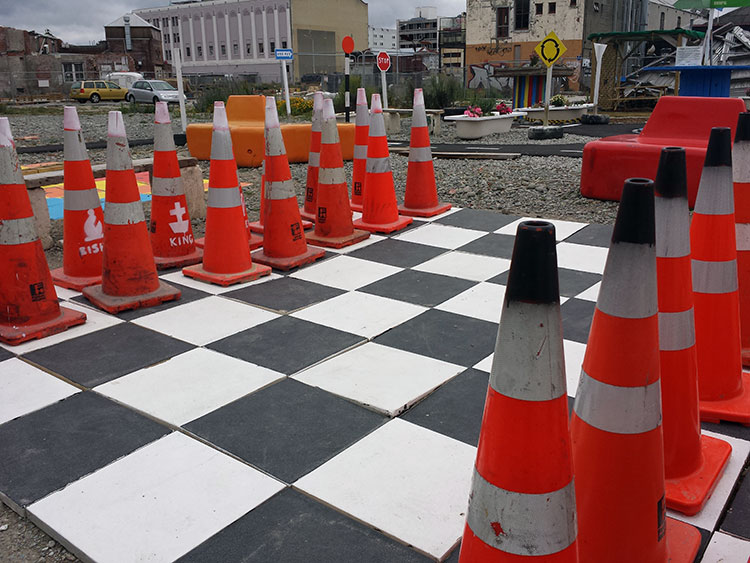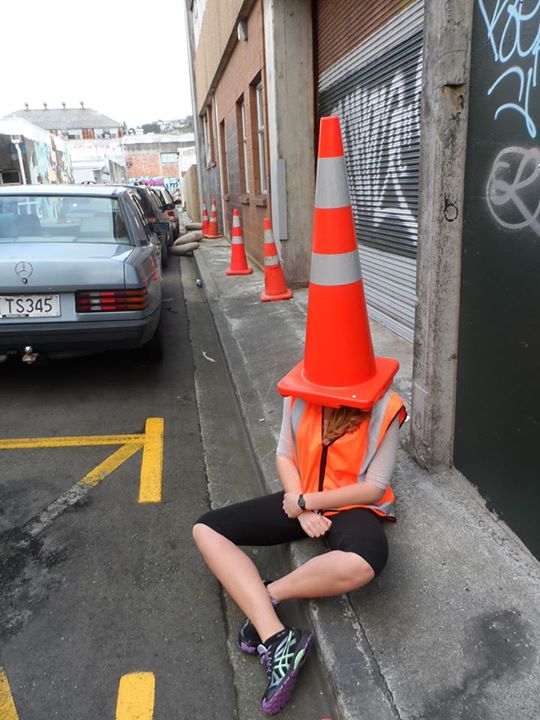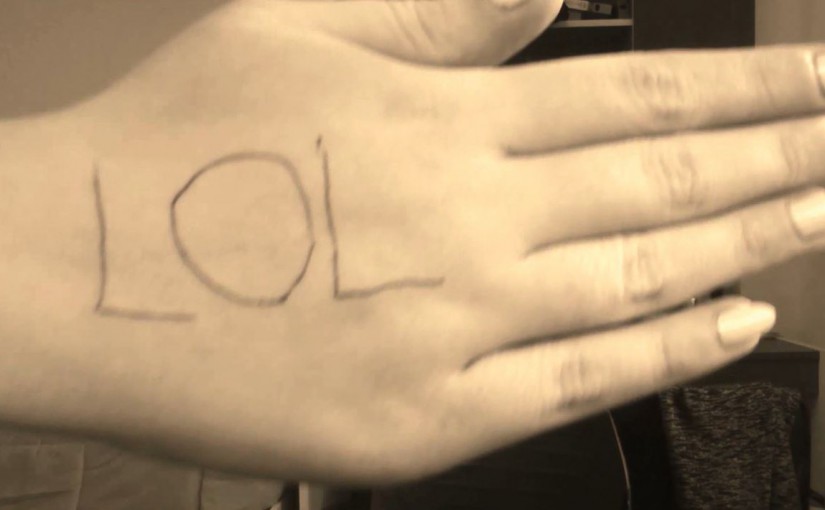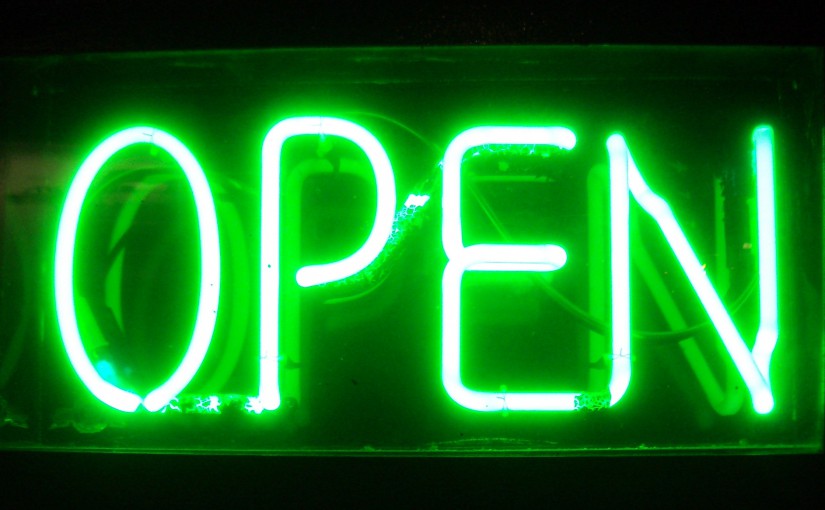“It is the all-at-once concept of the abstract expressionists, in which everything is everywhere and the canvas became a total field of possibilities. The third space is a fluid matrix of potentiality and realizable connections to the most far-reaching remoteness.”- Randall Packer
Annie Abrahams explores the possibilities of the third space in her work The Big Kiss (2007).
In this piece she kisses another person within the third space despite their physical separation using webcams. To the viewer it feels like they have a meaningful connection and It makes me wonder if it feels the same to them. Does she fell so absorbed in the third space that seeing herself kissing someone on the screen collapses their physical distance and make it mentally like she’s kissing them?
“Machine mediated kissing in a performance = drawing with your tongue = taking pleasure, while constructing an image = a way to be superaware of the other = never totally abandoning yourself = ???????? = not at all like real kissing, it is better! This might be a female point of view.” – Annie Abrahams
She says it make her superaware of the other, perhaps it is like when you take away the physicality of touch you become more connected in the mind, like connecting mind-mind rather than mind-touch then touch-mind. Or perhaps it’s like how if you lose your sight your other senses will become heightened.
In 2009 she repeated this performance however this time it was done in a home environment rather than a studio. Even though they are further distanced from each other, the intimate and relaxed scene of the homes increases feeling of intimacy and connection between the performers. It feels a lot more voyeuristic, like you are intruding on a personal moment rather than an art piece. The fact that these are live performances would have made me uncomfortable if I was there, as if by watching the screen I would also have been included in kissing within the third space.
This also makes me consider whether or not this counts as kissing and by further extension whether or not a relationship over the internet is real if you have never met the person in the first space. Coming from my perspective I would say it is, in fact one of my best friends actually dated a guy from america that she had met online in a MMORPG she had already been friends with this guy for a year or two before they started dating. Every night they would skype each other or play games online together, it was another year and a half before they actually met in person.
“energy and emotion are generated from the tension and interaction ofmale and female, natural and artificial, human and machine”- Roy Ascott


